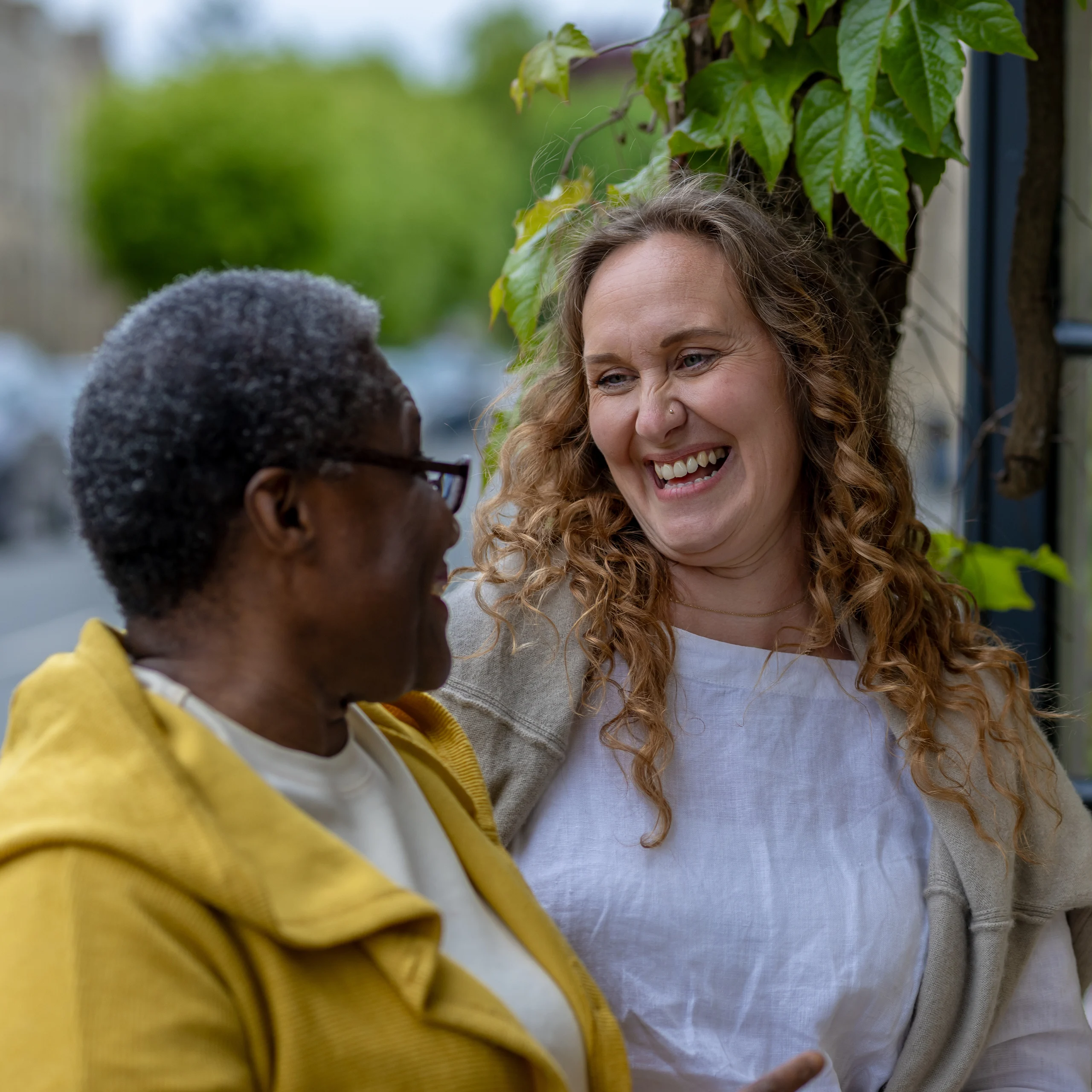Why opt for care at home?
Live-in care is a flexible alternative to a care home that provides a better quality of life.
If you or a loved one are at a stage where you’re in need of additional support, then live-in care could be a great option. Live-in care offers you one-to-one support from an expert carer in the comfortable, familiar surroundings of your own home, making it a popular alternative to a residential care home.
In fact, 97% of people surveyed said they don’t want to go into a care home when they’re older (OnePoll, 2014), and 71% of us would prefer to reach the end of their life in our own home – but 2 in 3 over 70s haven’t discussed care with their adult children.

Home care: the numbers
There is mounting statistical evidence to suggest that live-in care can be more beneficial to your physical and mental wellbeing than receiving care in a residential setting. Numerous studies demonstrate that those living in care homes experience drastically increased levels of loneliness, physical health issues and mental health issues, and don’t always receive care that focuses specifically on their requirements.
We’ve put together a digital guide to help you approach the subject of additional support with loved ones.
You can view and download our digital guide here:

Decreased loneliness
Loneliness rapidly decreases with a live-in carer, where residents are more than twice as likely to report feeling lonely.
50% fewer falls
Those living at home experience, on average, 1 fall a year, compared to an average of 1.5 falls a year for care home residents
90% fewer fractures
Live-in care customers have a 1.7% chance of having a hip fracture in a year, compared to 3.2% for those in residential care
An active lifestyle
A medical study showed that people living with dementia who stay at home experienced higher activity levels
Physical wellbeing
Staying at home for care can help a loved one to focus on their own health and wellbeing.
Only 40% of care homes can guarantee residents won’t have to move out if their condition deteriorates. In most cases, live-in care clients have care plans that evolve into end-of-life care until the end, and a large majority die at home or within 48 hours of going to hospital. A live-in carer can provide support that is truly led by your loved one’s condition and can proactively ensure they’re always getting the right physical and medical support they need.

Organising care for a vulnerable relative is daunting. Helping Hands were professional, friendly, and caring. They gave me peace of mind knowing that my aunt was being looked after responsibly and respectfully.
Karen, Customer

The practical benefits of live-in care
Home care offers a number of unique benefits that residential care simply can’t give you.
You can remain in the comfort of your own home
You have full control over your meal times and preferences
One-to-one, 24-hour care from your own dedicated carer
You can continue with your preferred lifestyle and routines
Your friends and family can visit as much as they like
A fully regulated home care provider
Here at Helping Hands, our service is regulated by the Care Quality Commission (CQC) and the Care Inspectorate Wales (CIW)
This means we need to consistently meet high standards and are monitored by our regulators.
Why is being a regulated care provider important?
Independent inspections of our service, giving you peace of mind
Fully vetted, high-quality carers
Guaranteed training and development for our staff
How to arrange live-in care
We try to make it as straightforward as possible to arrange live-in care. Speak to our team today to get the ball rolling.
Speak to our team
Our friendly, knowledgeable team can answer your questions and talk you through your options. We are available 7 days a week.
Book a free care assessment
Your local Helping Hands care manager will visit you to understand your needs and preferences and discuss how we can help. We can visit you at home, in hospital or even a care home to carry out the care assessment.
Confirm your care package
We create a tailored care plan for you to review. Once you’ve agreed the plan, we can organise care in as little as 24 hours.



